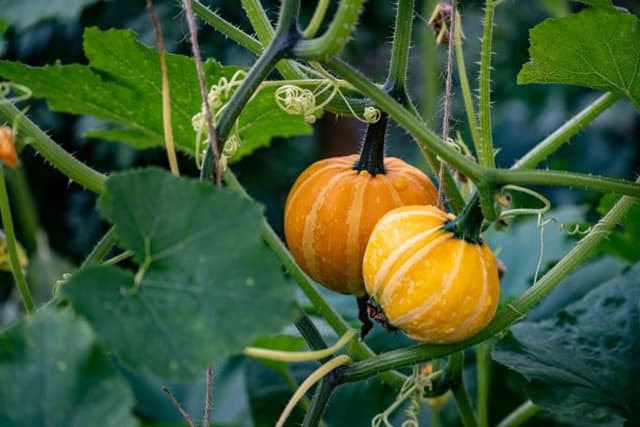
The Connection Between Healthy Soils and Healthy Plants
Lesson4 of 5 in this unit
PrimaryYear 3ScienceBiologyEarth and SpaceInquiry SkillsEnvironmentalBiodiversityLand ManagementSustainabilitySocialOutdoor Learning
Summary
Lesson guides and printables
Lesson Plan

Teacher Content Info
